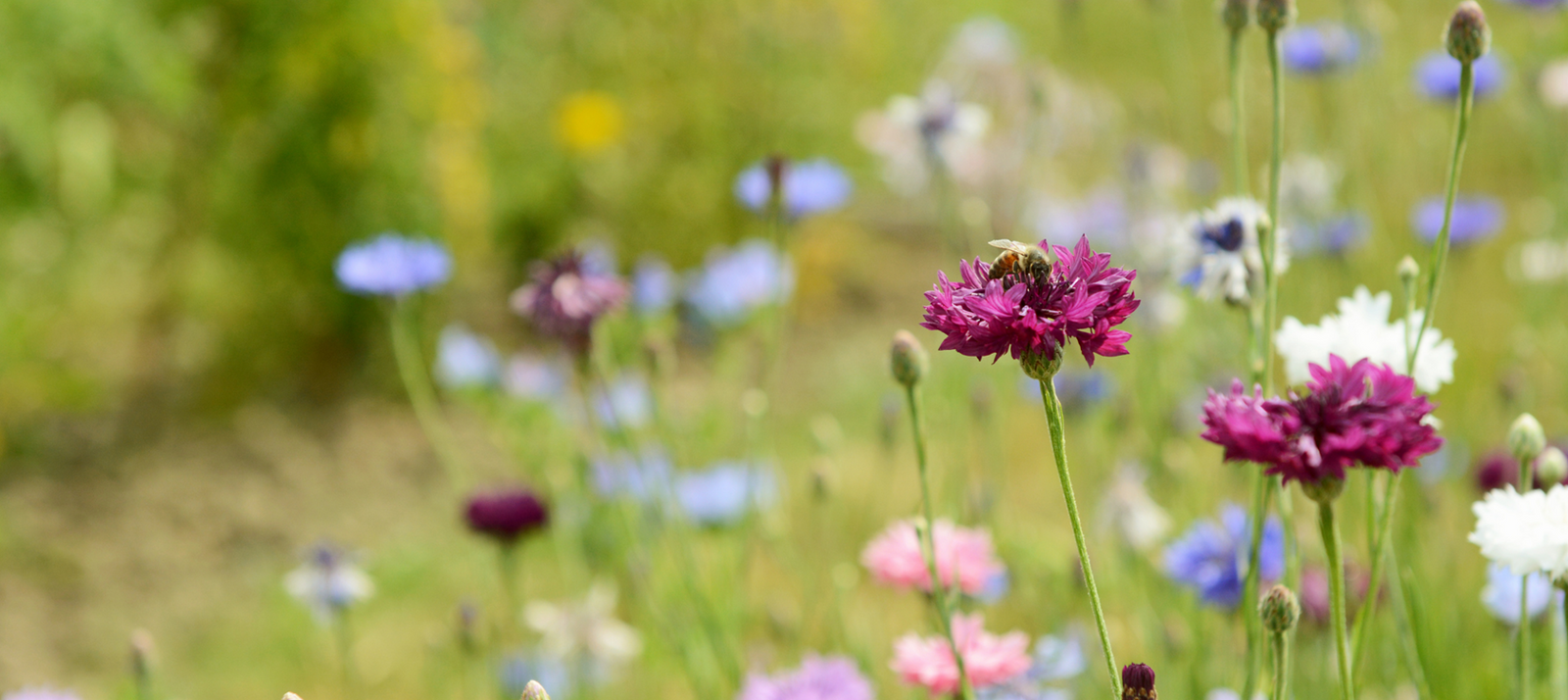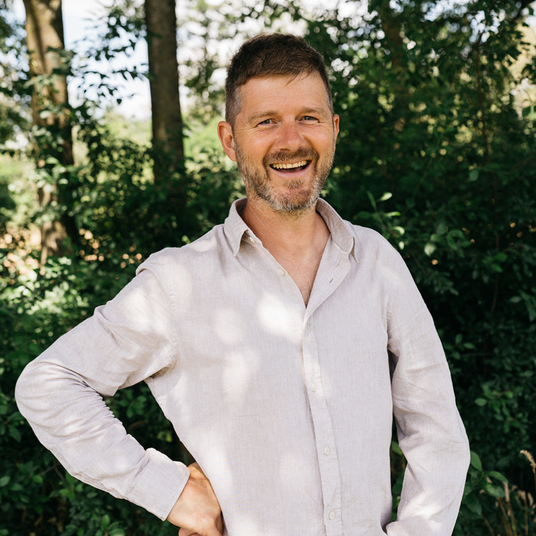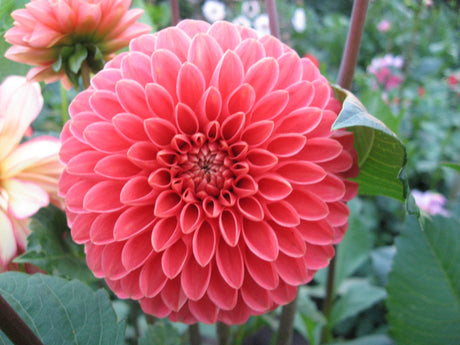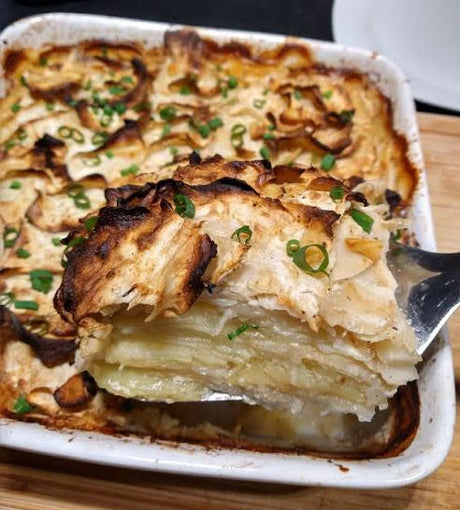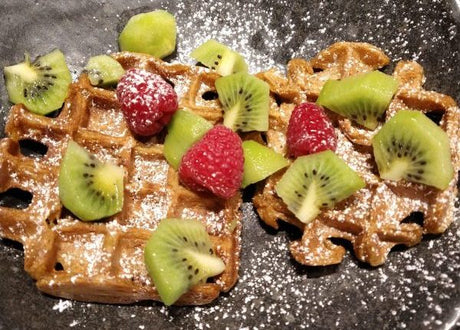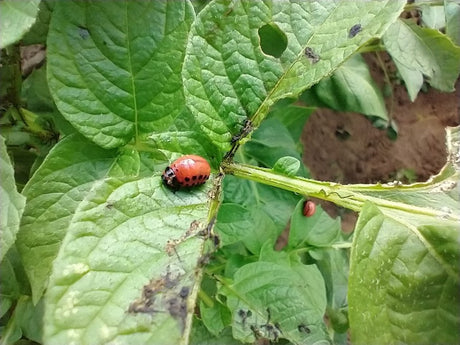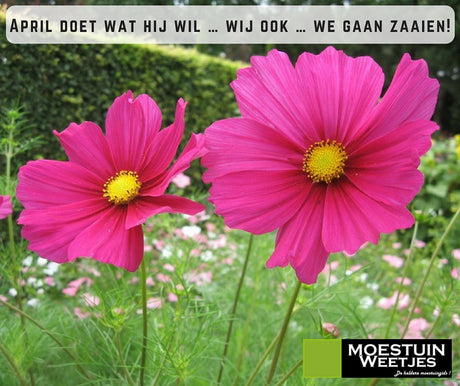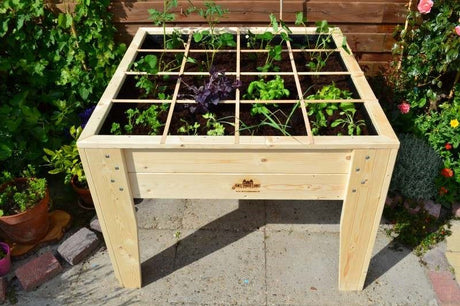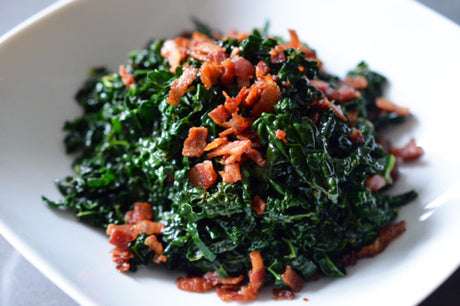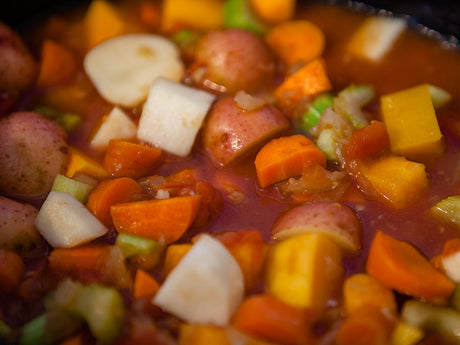Table of Contents:
The most important points about sowing wildflowers
- It is best to sow wildflowers in March-April or September for optimal germination and a beautiful flower meadow.
- Choose native flower species for maximum support of biodiversity, bees and butterflies
- Prepare the soil by removing weeds and loosening the soil for best results. I use a spading fork for this, so you don't disturb the soil life.
- Spread flower seeds thinly (1-2 grams per square meter) on moist, weed-free soil
- Wildflowers require minimal care and thrive best in poorer soil.
You can gaze at a wildflower meadow for hours; there's so much to see. Not just the splendor of the flowers themselves, but bees and butterflies are also drawn to all that beauty. Sowing wildflowers is perhaps the most efficient way to transform your garden into a paradise for beneficial insects. And the best part is: it requires much less work than you might think!
We live in a time when biodiversity is becoming increasingly important. By sowing wildflowers in your own garden, you contribute to the conservation of various plants and give pollinators like bees a helping hand. Moreover, you gain a natural look that continues to surprise throughout the season.
In this guide, we'll walk you through everything you need to know about sowing wildflowers. From the right time to sow, to the best flower varieties, and from soil preparation to creating your own wildflower meadow. Ready to get started?

When to sow wildflowers?
Timing is crucial when sowing wildflowers. Nature has its own rhythm, and by adapting to it, we achieve the best results. There are two ideal times to sow wildflowers.
Spring, specifically March to mid-May, is perfect for annual mixtures. During this period, the soil is moist from winter rains, but it slowly begins to warm up. Your seeds will then have optimal conditions to germinate and produce beautiful flowers that same year. Just be sure to wait until the worst of the frost has passed.
September is actually the natural sowing time for most wildflowers. In nature, seeds fall in the fall, overwinter, and emerge the following spring. This method works particularly well for perennial species that require a cold period to flower.
Avoid sowing during periods that are too dry, too wet, or too hot. At temperatures above 25 degrees Celsius, many seeds can dry out before they have a chance to germinate. It's also better to wait during prolonged periods of rain – you don't want your freshly sown seeds to be washed away.
Always check the specific sowing time on your seed packets. Different flower varieties sometimes have slightly different preferences, and the grower knows best when their specific mixture performs optimally.

Choosing the right wildflowers
The choice of your flower seeds largely determines the success of your flower meadow. It's tempting to go for the most exotic mix of flowers depicted in beautiful pictures, but native species are often the smartest choice.
Dutch native species like cornflowers, daisies, and poppies are perfectly adapted to our climate and soil. They have also co-evolved with our local bees and butterflies, meaning they complement each other perfectly. A flower meadow with native species attracts up to five times as many beneficial insects compared to a regular lawn.
When choosing flower mixes, you have a choice between annual and perennial varieties. Annual mixes yield quick results—you'll see the first flowers appear within six to eight weeks. Perfect if you're not so patient! Perennial mixes take longer, but provide a long flowering period year after year without having to reseed.
You can choose from ready-made flower mixes or create your own. For beginners, the ready-made options are often the most reliable. Experienced gardeners can experiment with mixing different flower seeds to add a personal touch.
At Plukkers we chose the following flower mixtures:

